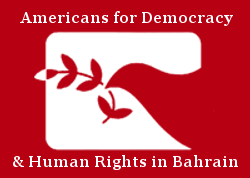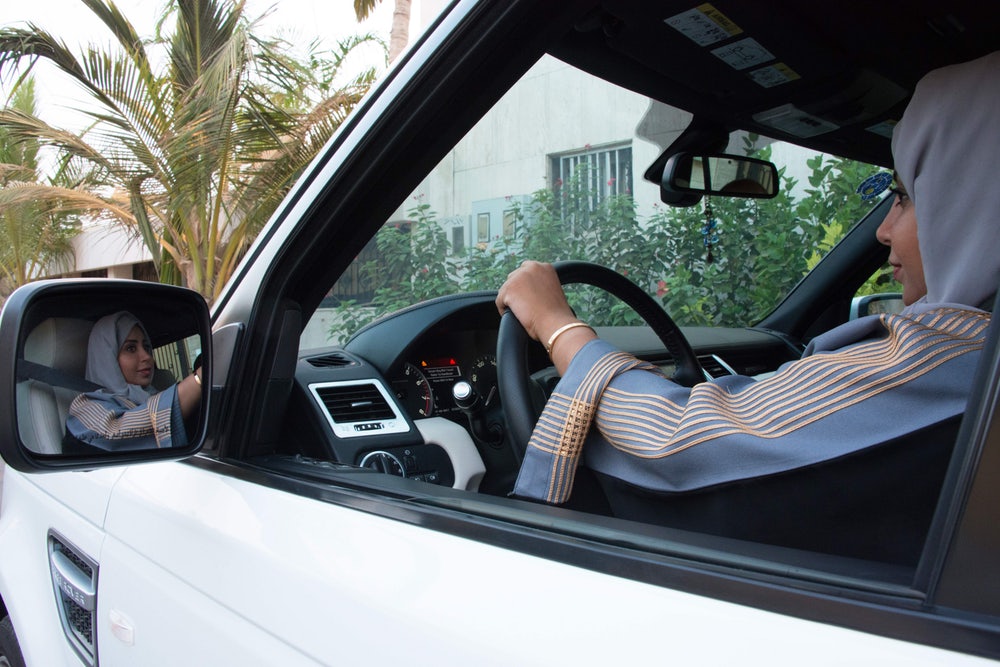The recently-promulgated decree allowing women to drive in Saudi Arabia has been well-received as evidence that the kingdom is modernizing. It was applauded internationally as a win for Saudi women, but women’s rights were not at the forefront of motivations behind the decree. Rather, Saudi Arabia was economically driven, with an international image it still wishes to burnish. Meanwhile, Saudi women continue to be treated as second-class citizens. Women in the kingdom are still limited by the male guardianship system as well as the threat of arrest for speaking out against the system. While Saudi women have found new freedom with driving, they still have a long way to go before they are seen as equals in the kingdom.
Saudi Arabia’s motivation for lifting the driving ban was influenced by a multitude of factors, among them Vision 2030, the upcoming Universal Periodic Review (UPR) at the United Nations (UN), and the Sustainable Development Goals (SDGs). Crown Prince Mohammad bin Salman’s Vision 2030 for Saudi Arabia envisions increasing women’s employment from 22 percent to 30 percent by 2030. By allowing women to drive, the state simultaneously provides a stepping stone for women to enter the workforce and reach the 30 percent employment goal while diversifying and expanding the economy. In addition to economic factors, Saudi Arabia has been under intense scrutiny over its involvement in the war in Yemen and its treatment of dissidents. With this in mind, the government may hope to avoid additional scrutiny during its upcoming third-cycle UPR by granting women the right to drive.
In 2015, Saudi Arabia pledged to meet the UN’s seventeen SDGs, saying they are in line with Vision 2030. The fifth goal is gender equality, ensuring that women have equal access to education, health care, decent work, and representation in political and economic decision-making processes. Saudi Arabia may have provided women the right to vote and run for office that same year, but women’s ability to register to vote was hampered by the guardianship system. The goal for 2030 remains limited, aiming to have the number of women in the labor force increase only by 8 percent, rather than creating equal opportunities like the goal says. Gender equality thus appears not to be an immediate priority for Saudi Arabia.
In addition to its lack of commitment in policy, Saudi Arabia reiterates its disinterest for women’s rights as it continues to increasingly imprison women’s rights defenders. In May 2018, a month before the driving decree went into effect, Saudi Arabia arrested ten prominent women’s rights defenders. One of the activists arrested was Loujain al-Hathloul, known for her work against the driving ban. Hala al-Dosari, a Saudi scholar currently based at Harvard’s Radcliffe Institute, says activism by women like al-Hathloul helped bring this new decree into existence. Despite this, al-Dosari states that the kingdom wants to take all the credit so, “they removed the activists from the discourse.” Instead of celebrating the fruits of their advocacy labor behind the wheel of a car, advocates like al-Hathloul are instead imprisoned.
After the new decree was enacted, it was expected that six million out of nine million eligible women would apply for a license. They would now be able to drive themselves to work, school, and elsewhere rather than having to rely on their guardian or hire a driver. The decree was accompanied by an anti-harassment law meant to limit the comments and actions by male drivers against female drivers. While the reception to women driving from male counterparts has been predominantly positive, there have been some unforeseen roadblocks with the new law.
Despite the ban’s lift, there is a fear that driving will only be accessible for rich Saudi women. Driving lessons for women are six times more expensive than lessons for men, not to mention the price of a new car. Ironically enough, despite aims for economic diversity by lifting the ban, the reality may be much different. Al-Dosari says, the new decree “may even widen economic disparities by giving women from supportive families who are typically already members of the elite more opportunities than others from restrictive families.”
The decree has been a huge step for Saudi women, but the fight for equal opportunity is far from over. The kingdom has attempted to silence critics by announcing cosmetic reforms that still leave Saudi women as second class citizens and keep a hierarchy in place. In all of this, the lift of the driving ban still comes within the confines of the male guardianship system. Saudi Arabia has now created a divide between women with supportive guardians who will allow Saudi women to take advantage of reforms and women with conservative guardians who will limit and determine which reforms Saudi women can access. The government has shown an unfortunate lack of true commitment to gender equality despite its alleged commitment to fulfilling the letter of SDG Goal Five, instead continuing to target and arrest women’s rights activists and maintain the male guardianship system. It is a long way to total equality, but even ornamental decrees such as the right to drive gives hope that equality is closer than before.
Caroline Hickey is an Advocacy Intern with ADHRB.





